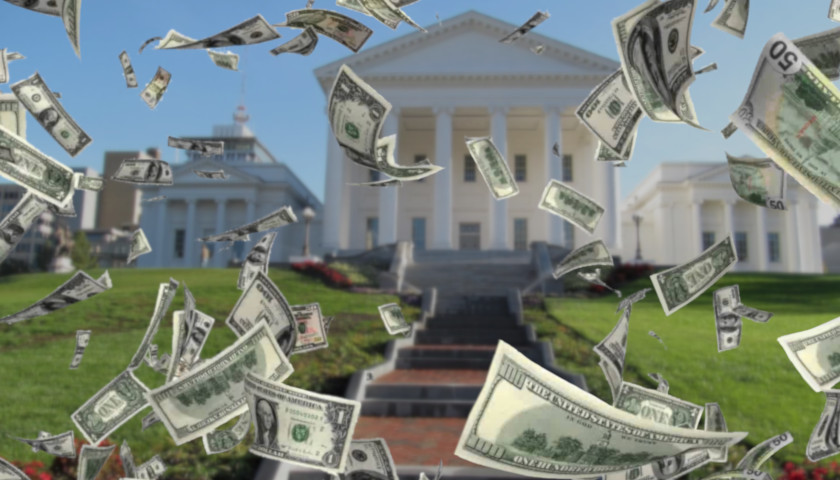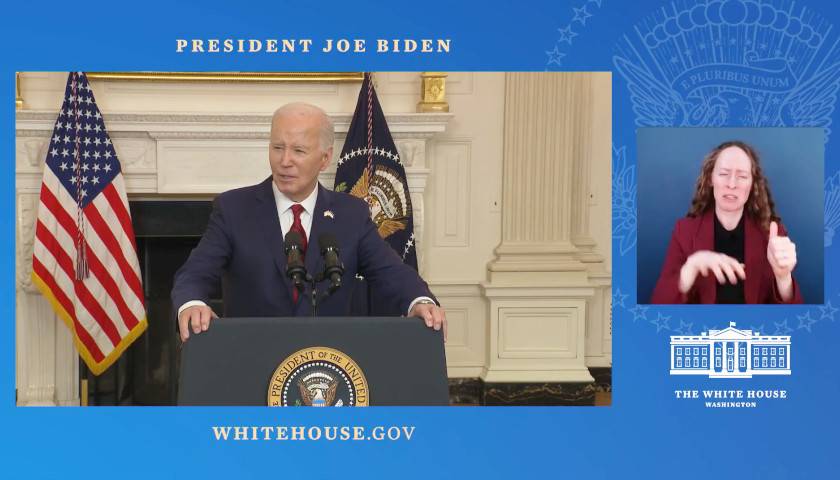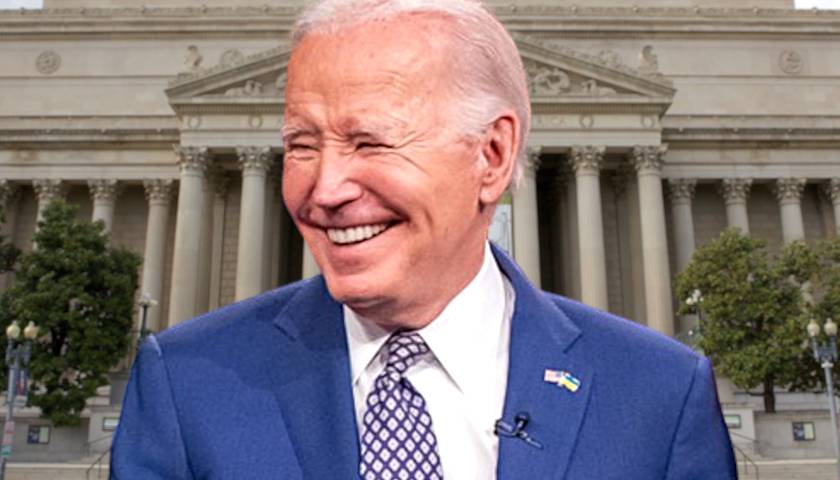Virginia spent $3.2 billion on economic development incentives between fiscal year 2012 and fiscal year 2021, about 1.6 percent of total spending from the Commonwealth’s general fund, according to an annual update from the Joint Legislative Audit and Review Commission.
According to the report, seventy-two percent of the $3.2 billion in development incentives spending was on tax incentives, including $1.6 billion, 51 percent, in sales and use tax exemptions over the study period. Tax incentives saved businesses $2.3 billion during the ten-year study period, and annual tax savings for those businesses doubled from FY 12 to FY 21.
The remaining 28 percent of the $3.2 billion included $905 million in grants and $36 million in loans and other financing programs.
Projects receiving grants created about 70,000 jobs and $17 billion in investment and other spending; while most projects met capital investment goals, only 25 percent met job goals. 5,000 projects were awarded $1.9 billion worth of grants, although not all of those grants have been paid out, including about $900 million in custom grants to companies including Amazon, Microsoft, Volvon, and Merck.
Although Amazon was awarded a $750 million grant in a deal for Amazon to locate its HQ2 in Virginia, payments aren’t scheduled to begin until FY 2026, and the company must invest at least $2 billion and create 37,580 jobs.
Per capita, grant award spending is focused in Arlington, Manassas city, and rural parts of southern and eastern Virginia, and most grant projects went to locations with fewer than 100 employees.
“The award amounts per capita have a moderately positive correlation with the local unemployment rate (excluding the uniquely large Amazon HQ2 custom grant in Arlington), indicating that more funds are generally provided to businesses in localities that are economically disadvantage,” the report states.
“Grant programs have higher economic benefits because they typically are discretionary, require strict performance outcomes, and target projects in export-base industries that have high employment multipliers and pay high wages,” the report explains.
Each $1 million in grants created about 113 jobs, $22 million in the Commonwealth’s gross domestic product, and $11 million in individual income. Per each $1 million, tax credits created less than $1 million in Virginia GDP and about $1 million in personal income.
“It continues to make the point that grants have a higher economic benefit than tax incentives, even though the majority of the state’s incentive spending is on tax incentives,” JLARC Chief Legislative Analyst for Ongoing Oversight Jamie Bitz told legislators on Monday.
– – –
Eric Burk is a reporter at The Virginia Star and The Star News Network. Email tips to [email protected].
Photo “Virginia Capitol” by Doug Kerr. CC BY-SA 2.0.




